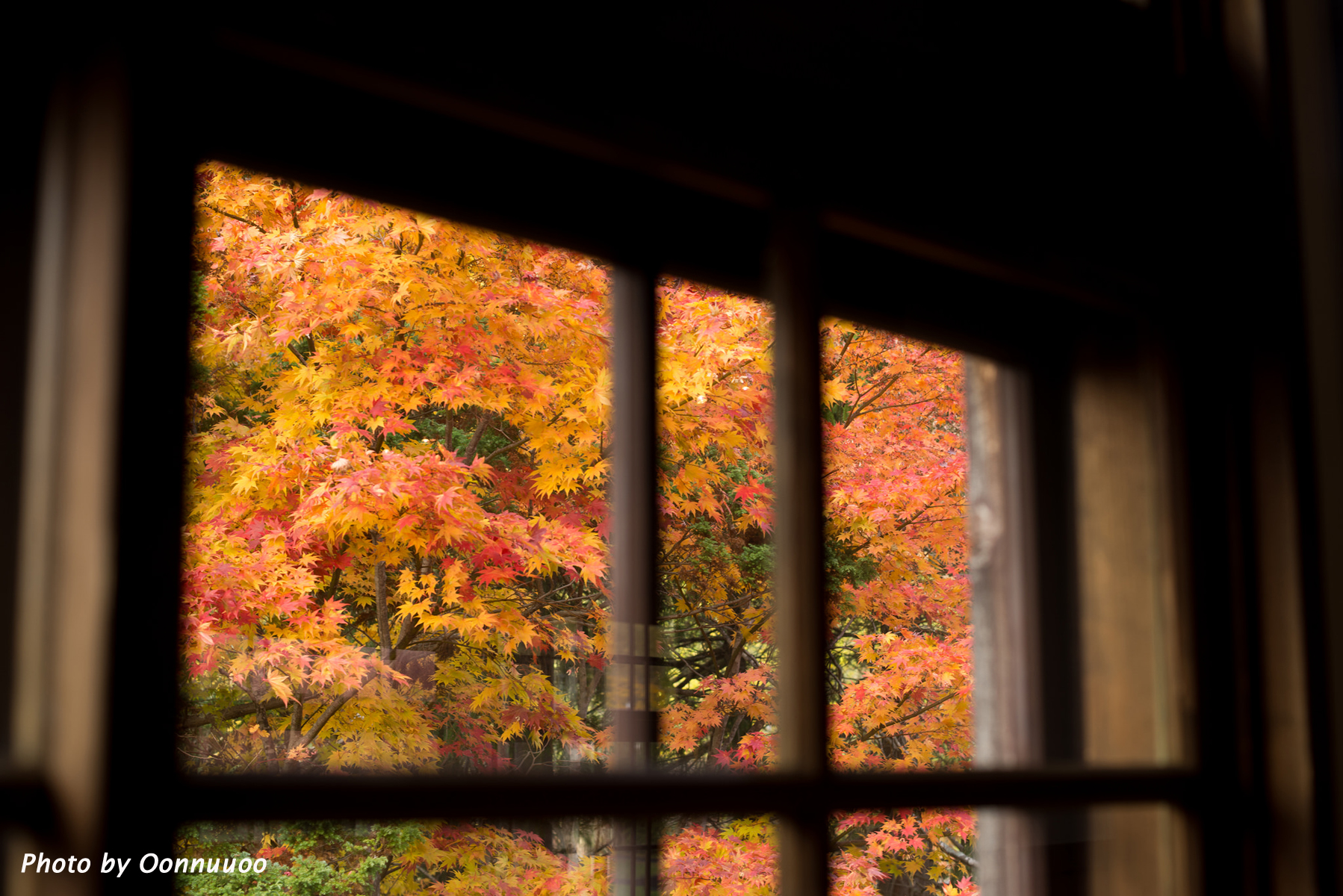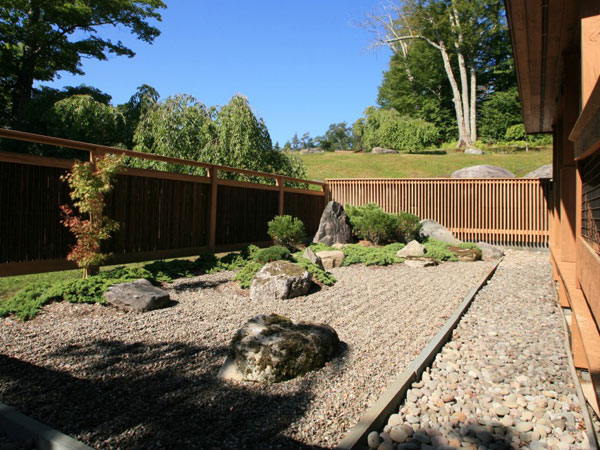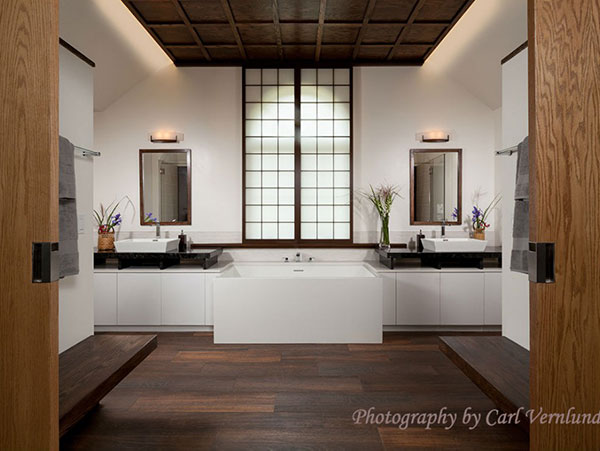You are in the middle of the beautiful landscape. But instead of looking up, you look down to your phone and slouch. Sounds familiar?
When you slouch, you not only look bad but also feel powerless and hopeless. The repetitive strain on the neck and cervical spine can develop the neuromuscular syndrome that involves depression and anxiety (Matsui & Fujimoto in 2011). Spatial design can improve your posture and hence, make you a little happier.
First, you need to aware that you are slouching. You could look at motivation videos or use a wearable device that reminds you when you hunch. You can also use some help from furniture: ergonomic chairs, desks, and keyboards are now available (Peper, Lin, & Harvey 2017)
Yet I think we can do better than that. Spatial design, both landscape and architecture, can help you want to look up and straighten your posture. Let us see how the design and posture relate each other.
One obvious answer is a window. A window with a view will attract your eyes to gaze up. For it to be effective, its size and height are important, so is the sunlight that comes through it. Your desk and chairs must be positioned so that you notice the view.
 May I also suggest one rather surprising design and posture relationship? Placing something that partially blocks your view could help your posture, too, when it is done strategically. It works like a peek-a-boo.
May I also suggest one rather surprising design and posture relationship? Placing something that partially blocks your view could help your posture, too, when it is done strategically. It works like a peek-a-boo.
When you sense there is something interesting behind the barrier, but cannot see all of it, you will try to see it, like a baby tries to see you between your fingers. So when the barrier is designed with the right height/size and transparency, it will attract your gaze beyond it, nudging you to look up from your phone. Excellent examples can be seen in Japanese tea gardens. Their space is broken down into smaller spaces using carefully designed barriers. You always look forward to seeing the next one from the one that you are in.
There are more design tricks that straighten your posture and make feel happier. I will introduce them to you in another post. Stay tuned! (Y)



